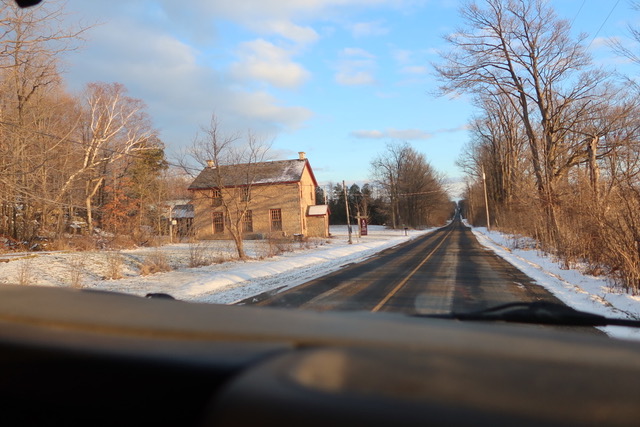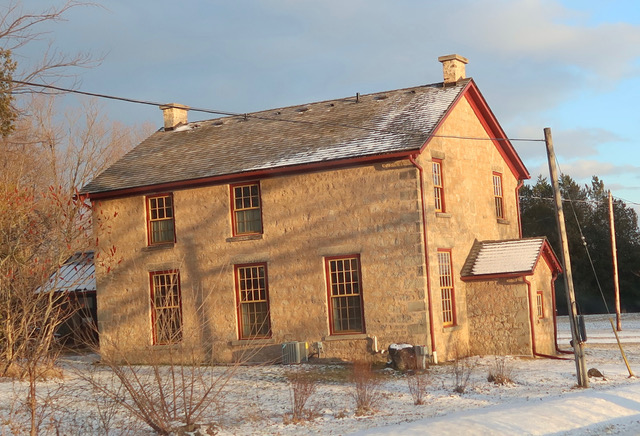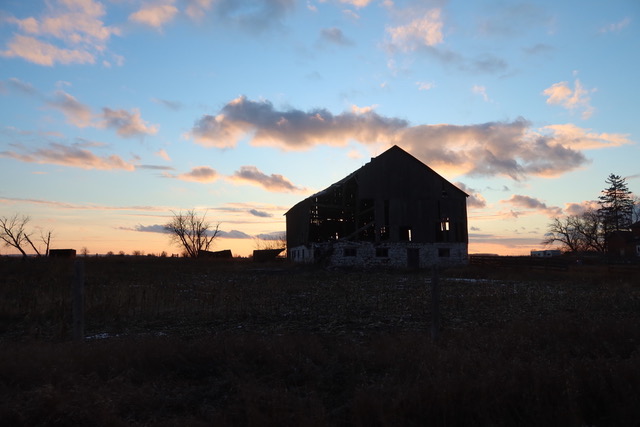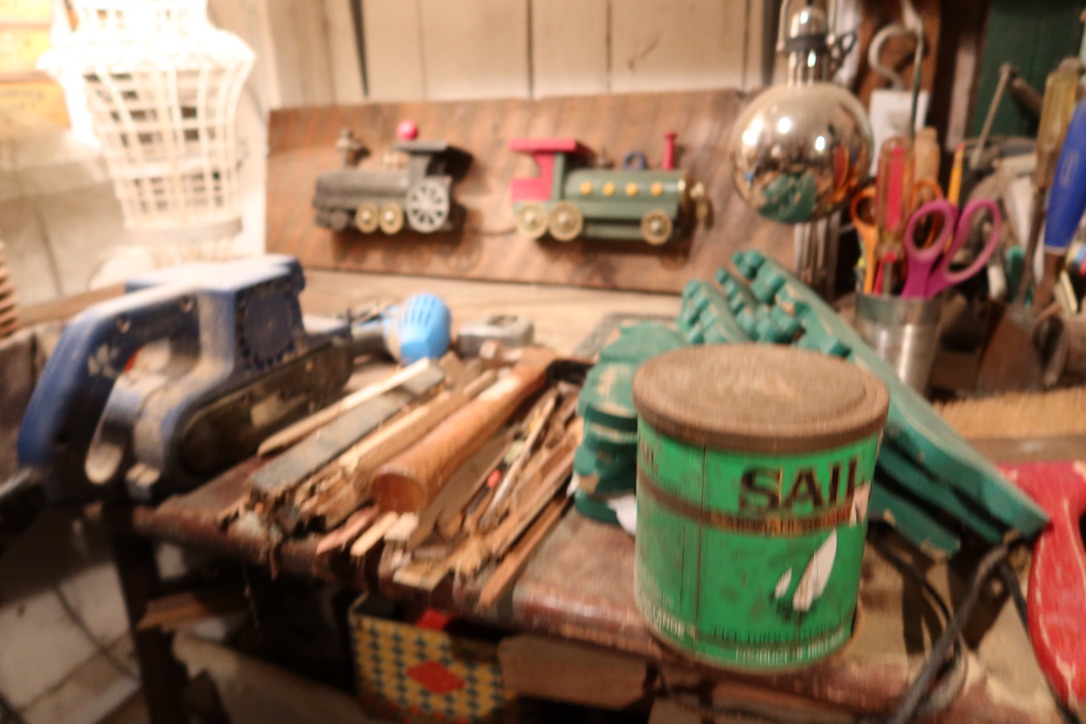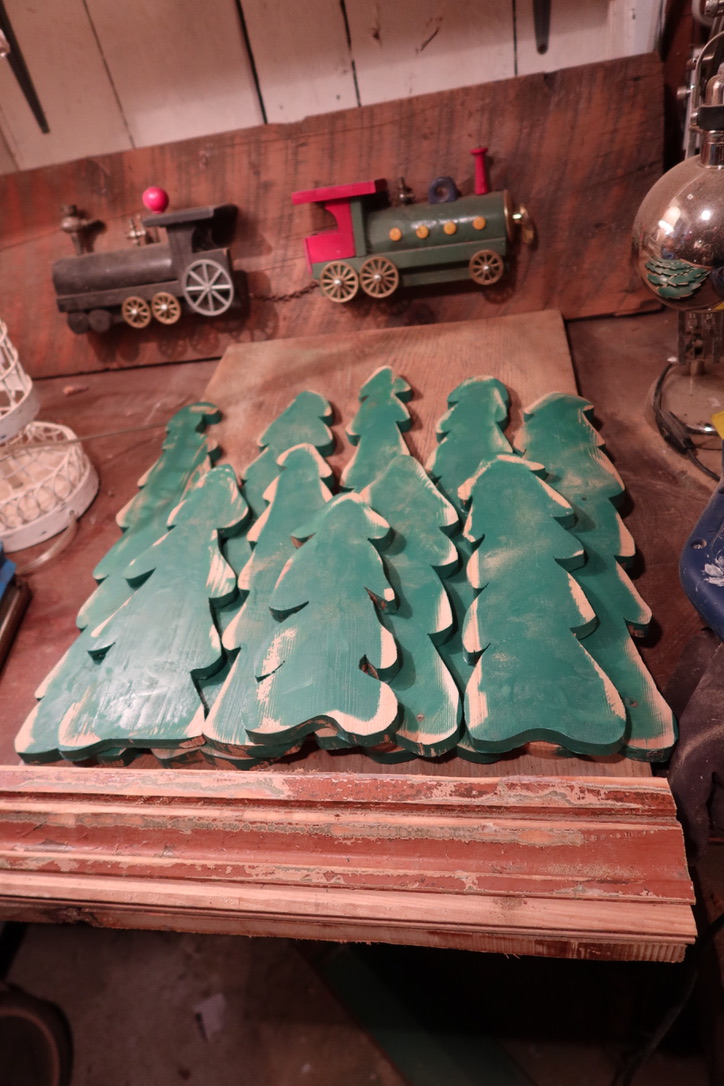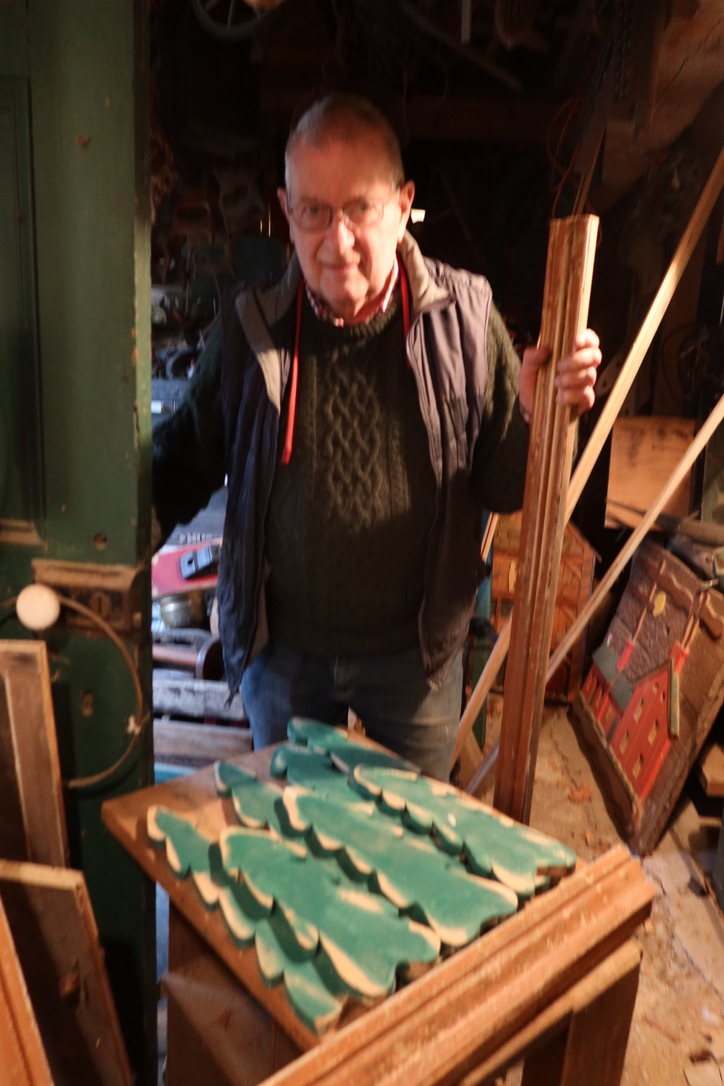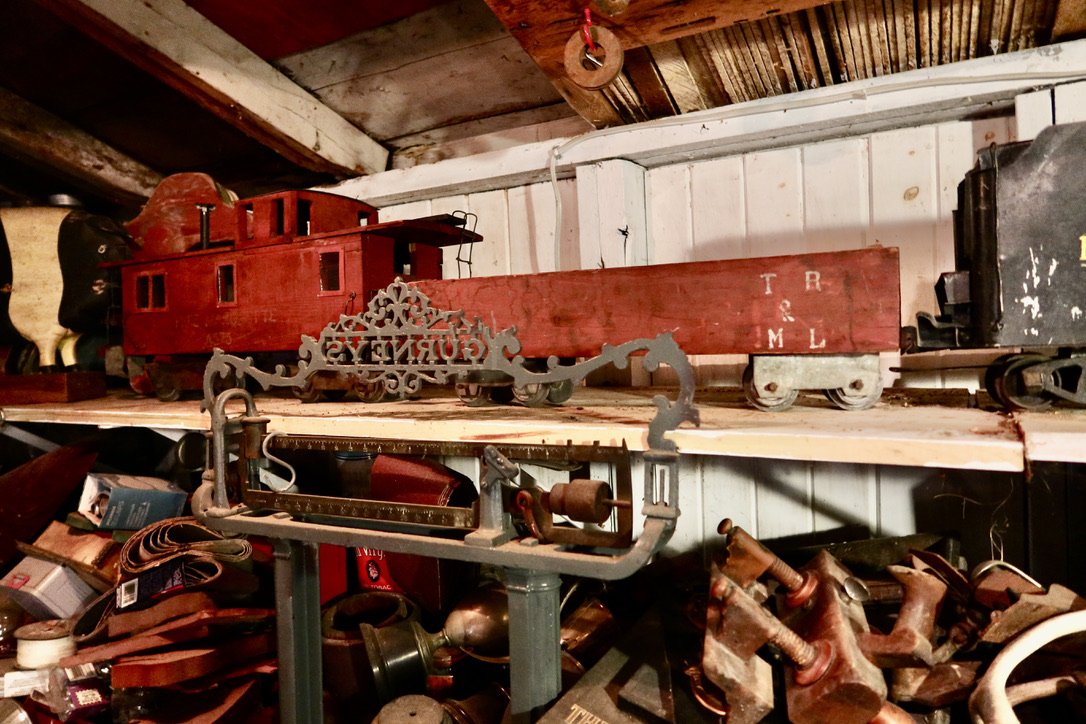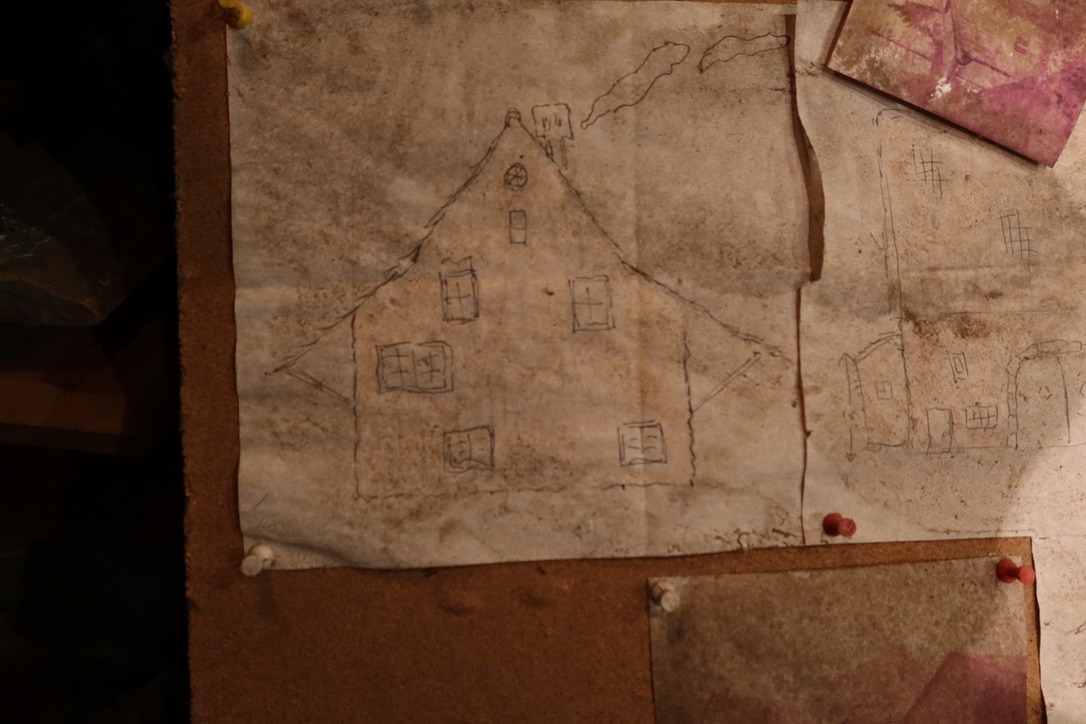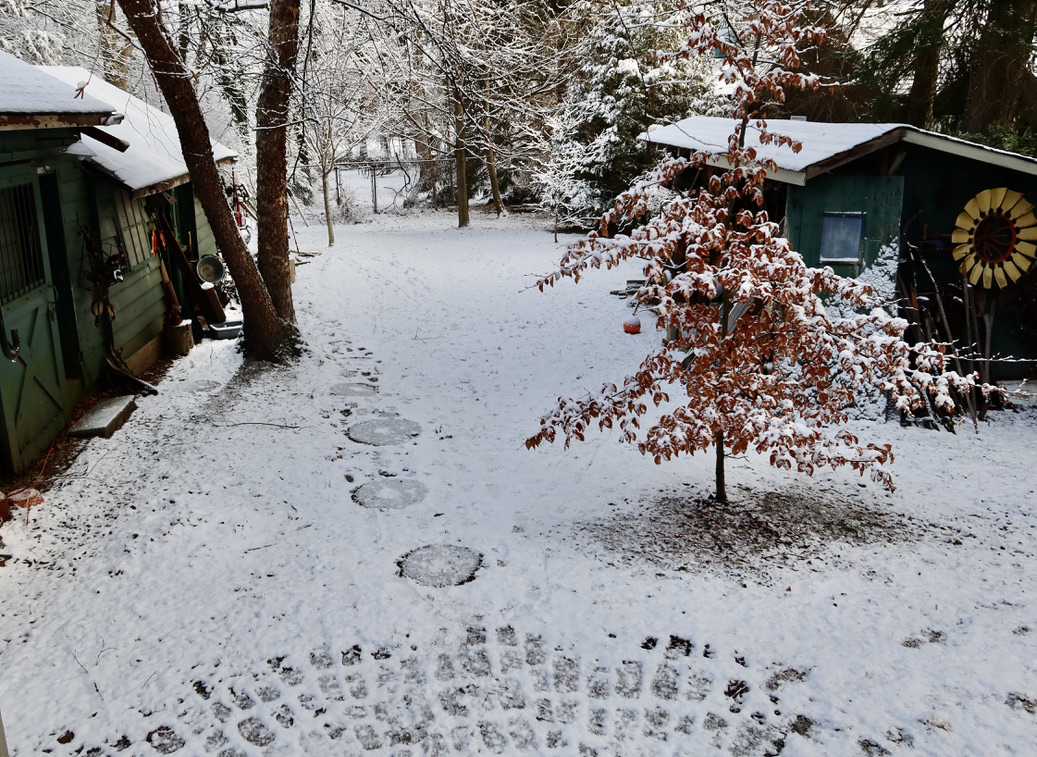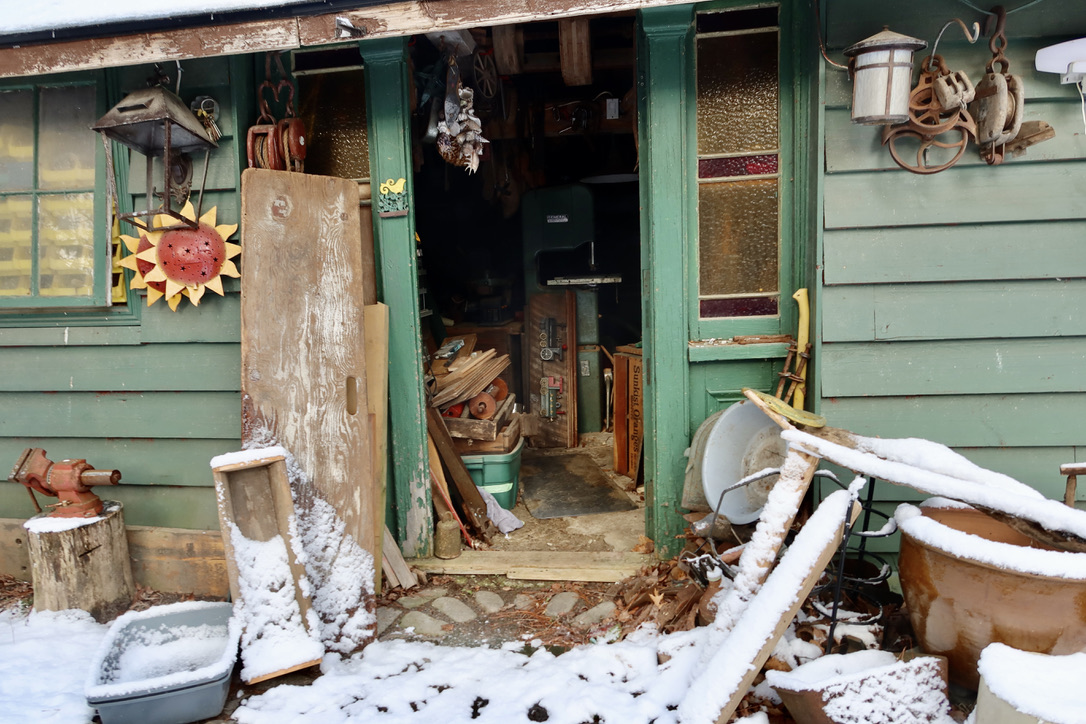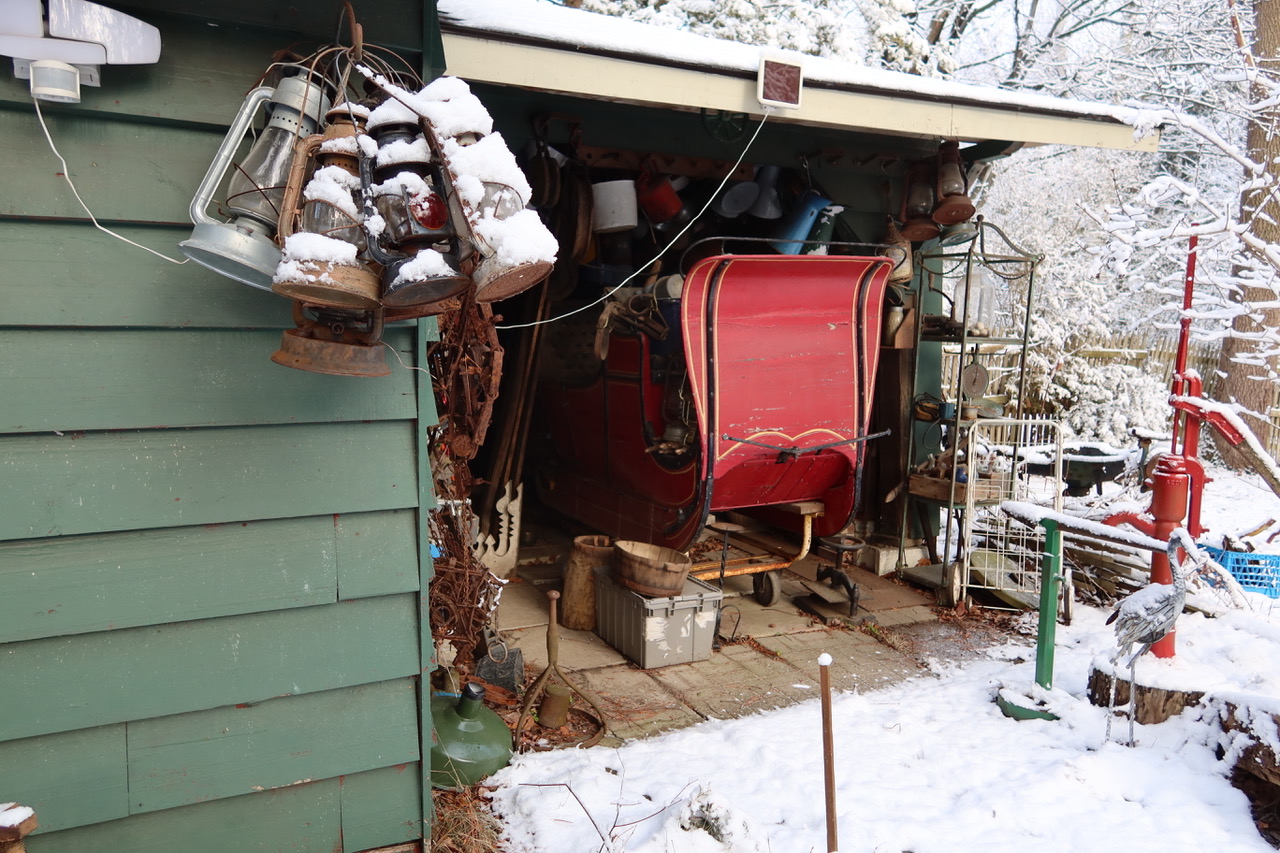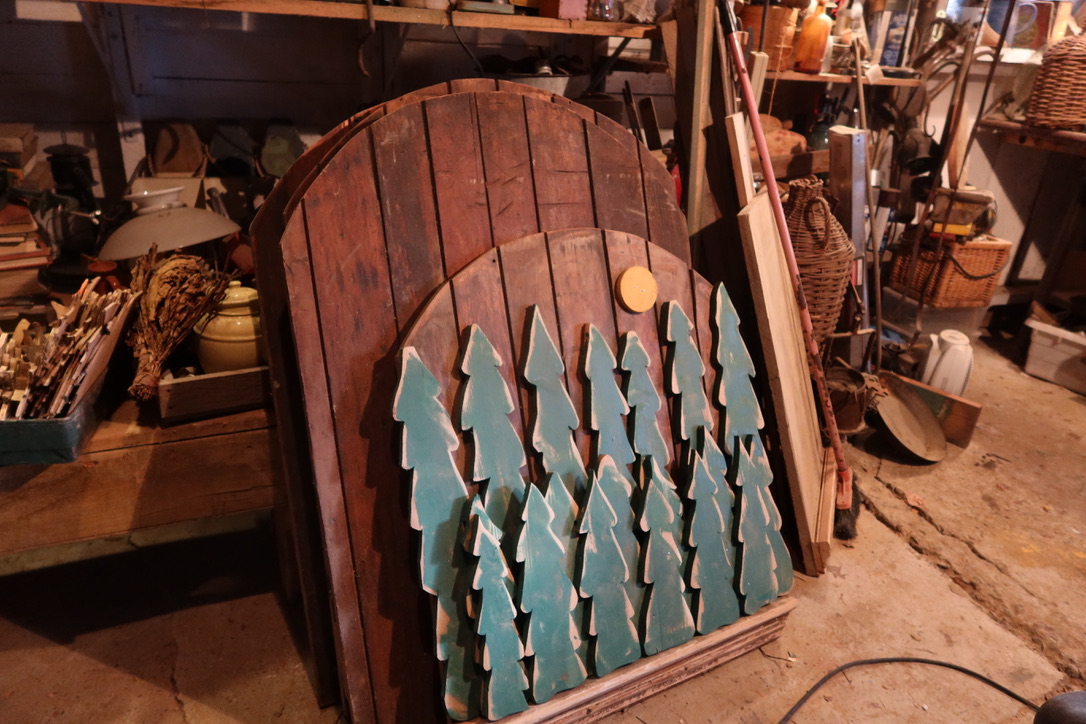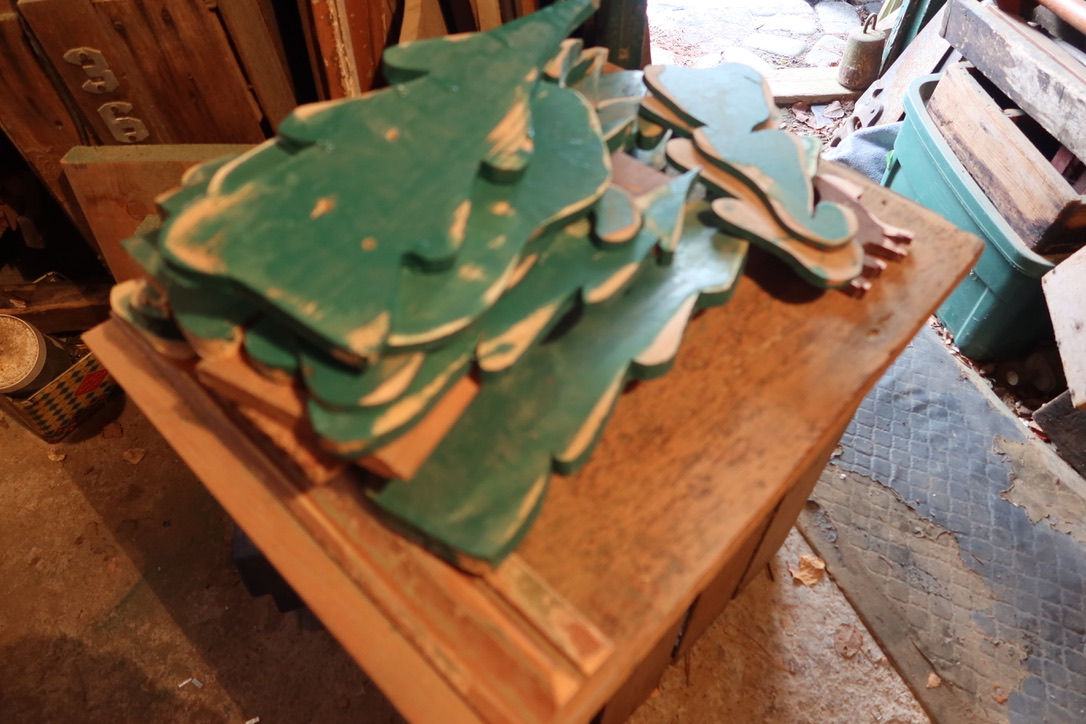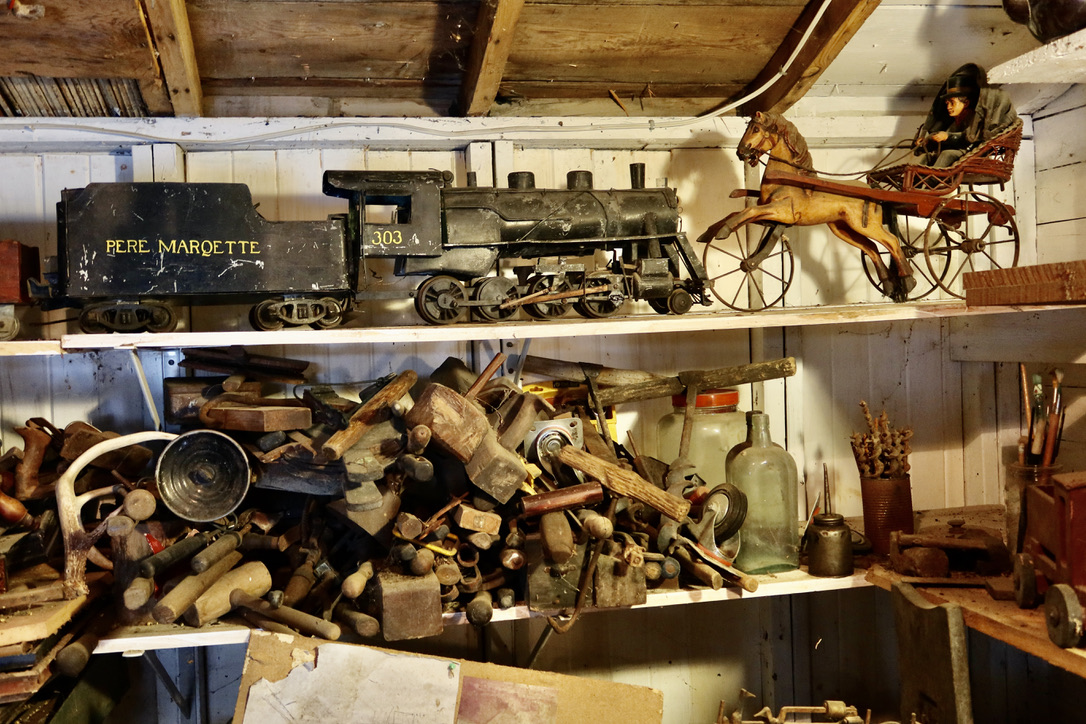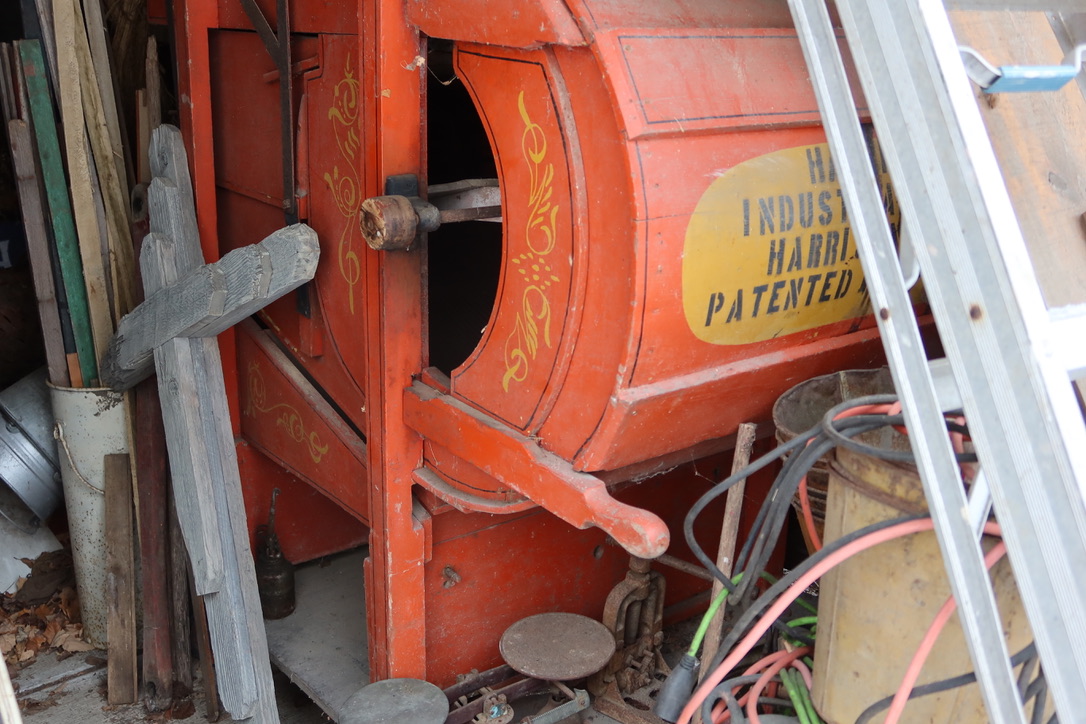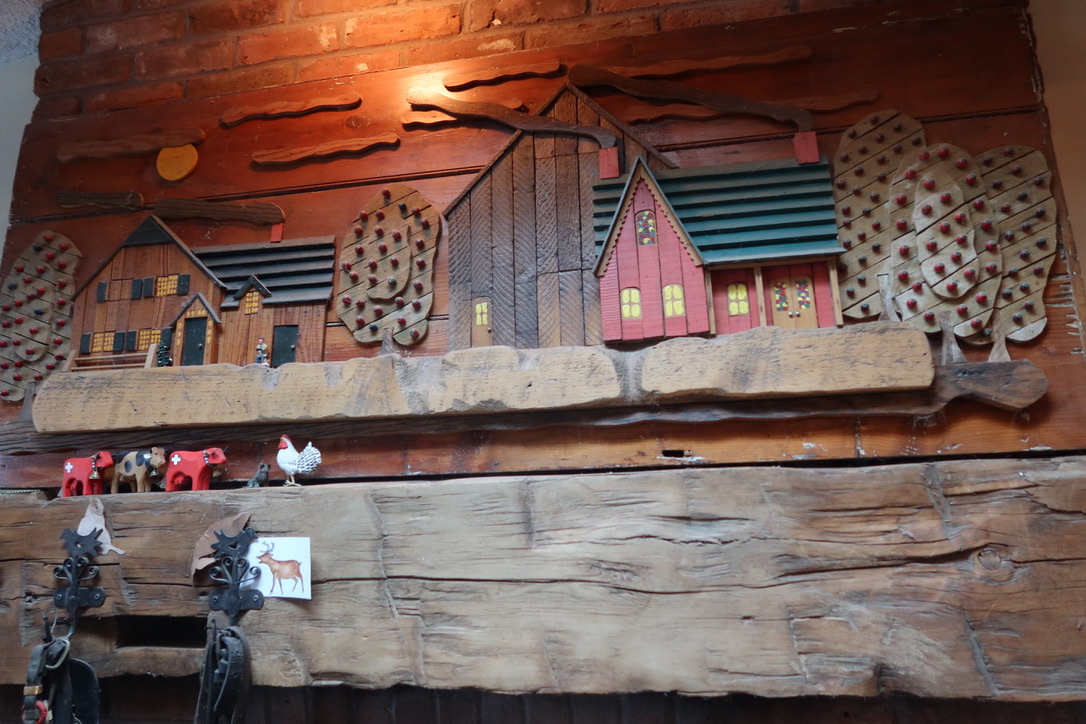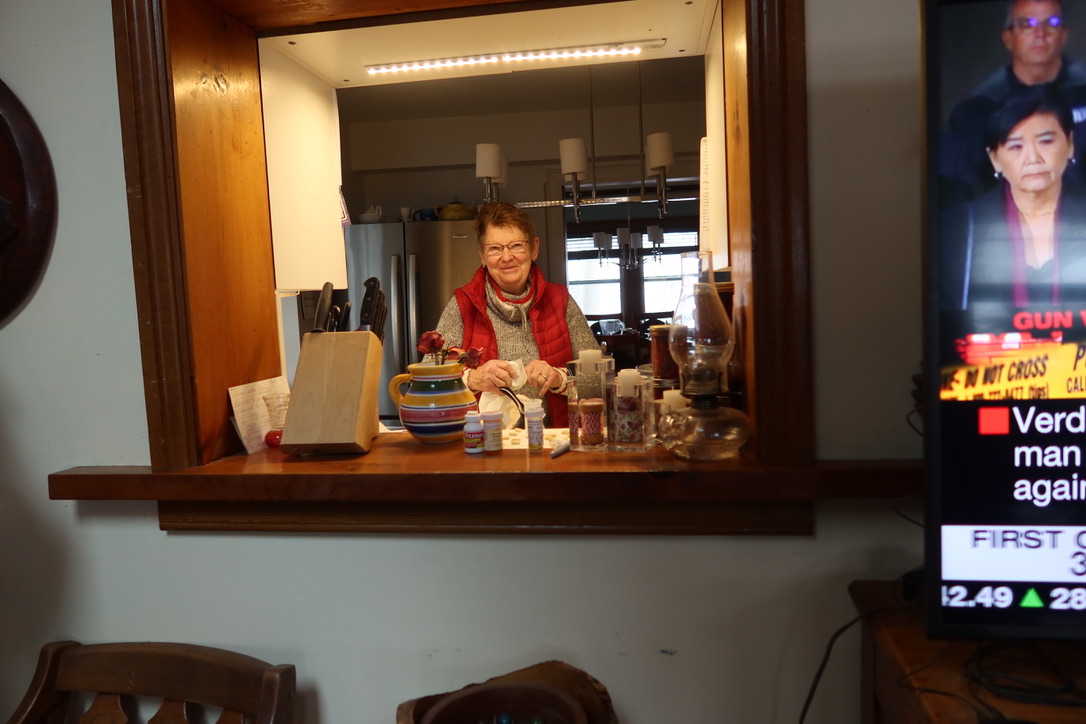
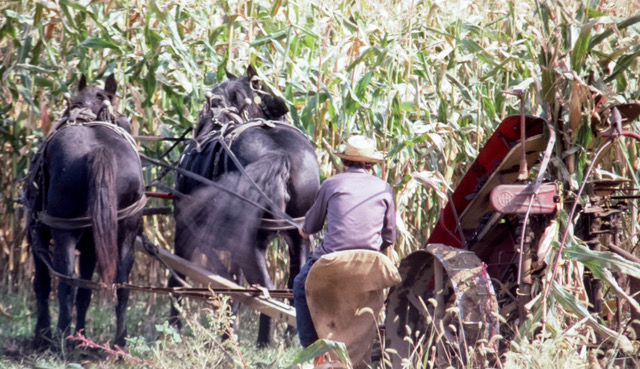

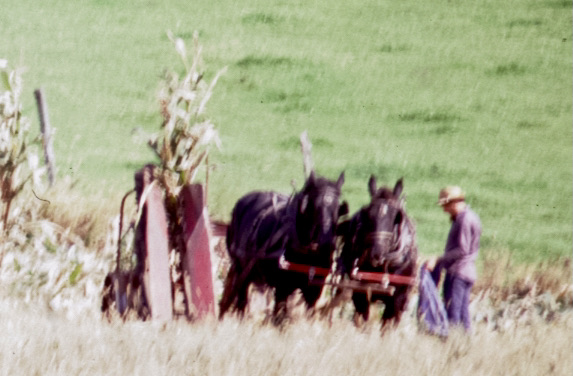
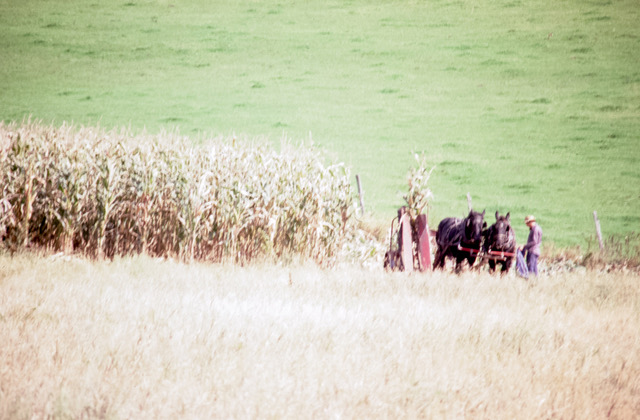
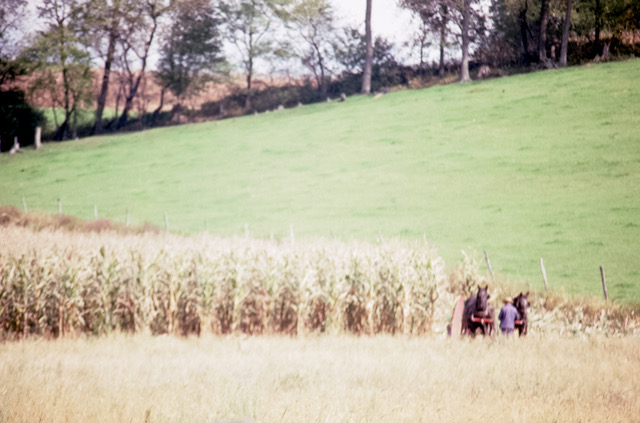

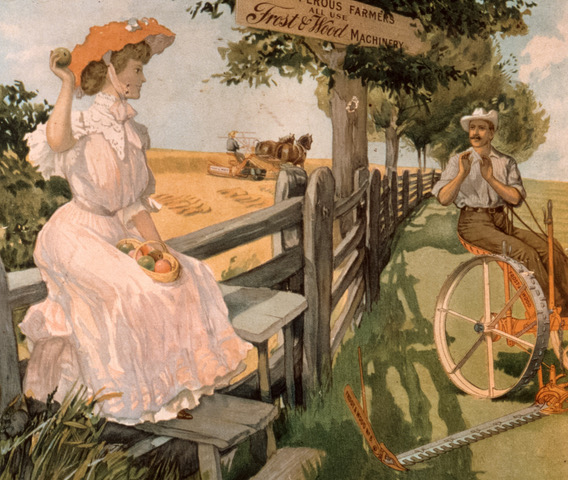
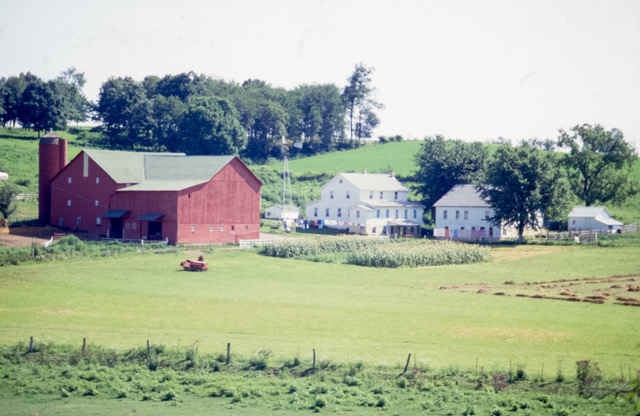



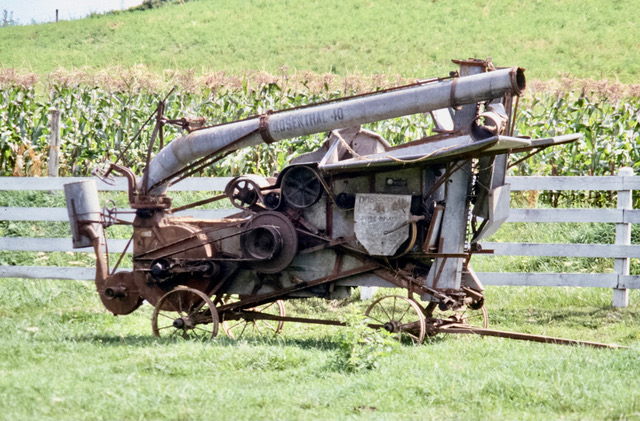
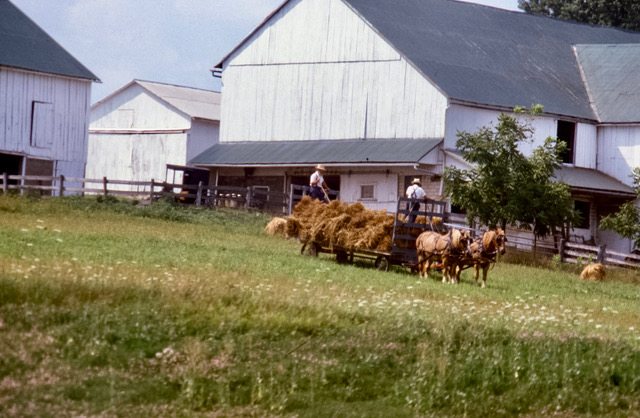




Alan's Oeuvre

















EPISODE 727 MY DREAM
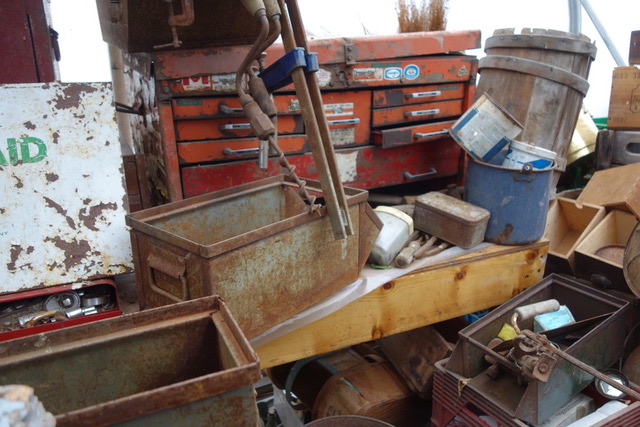
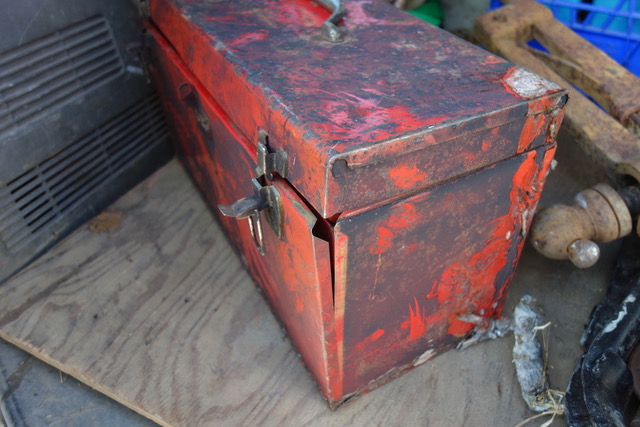


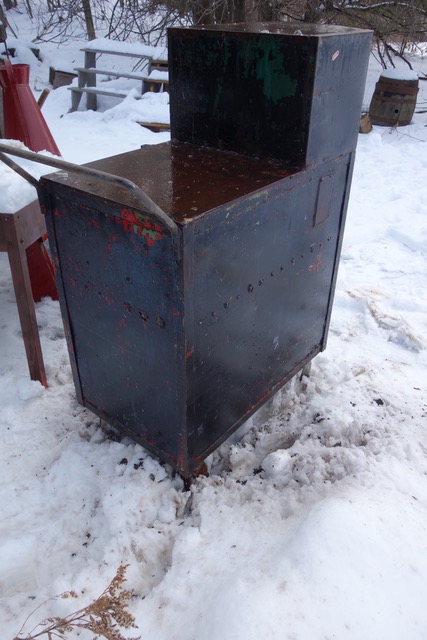

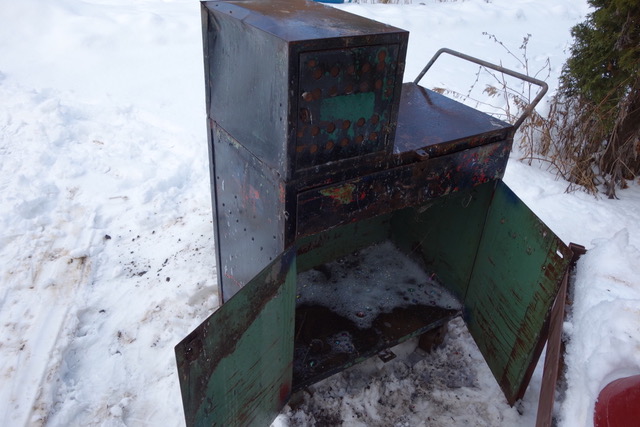
Showing results for stooking sheaves of grain
Search instead for stuking sheaves of grain
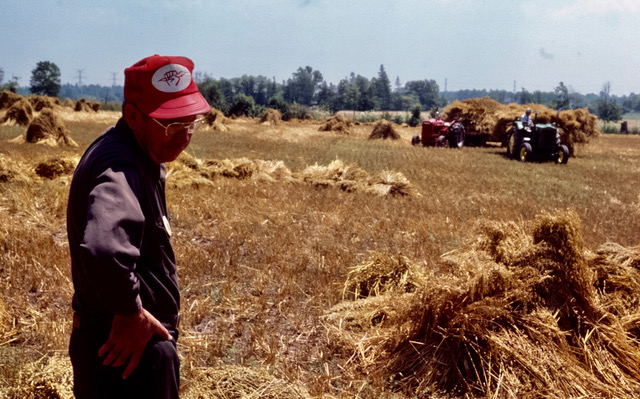
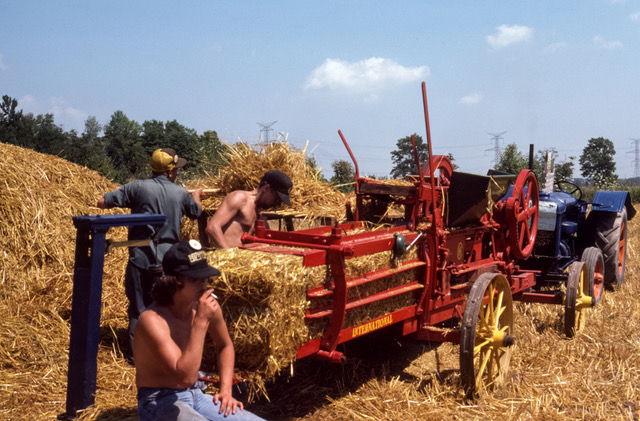

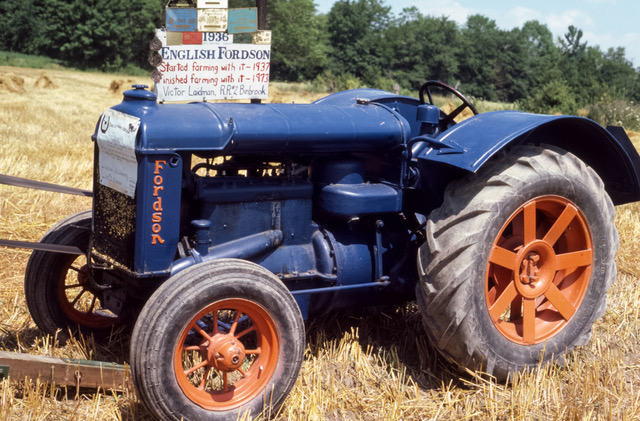
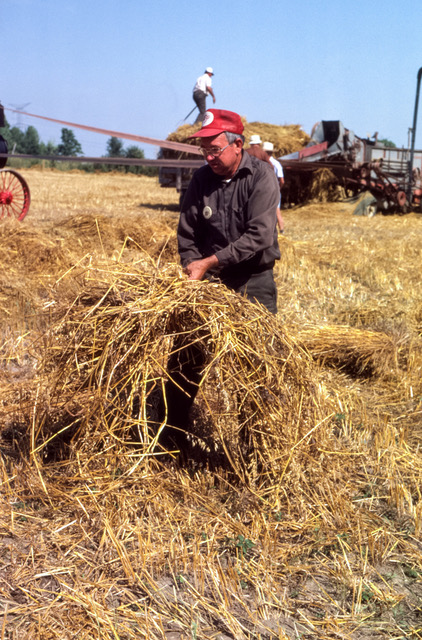


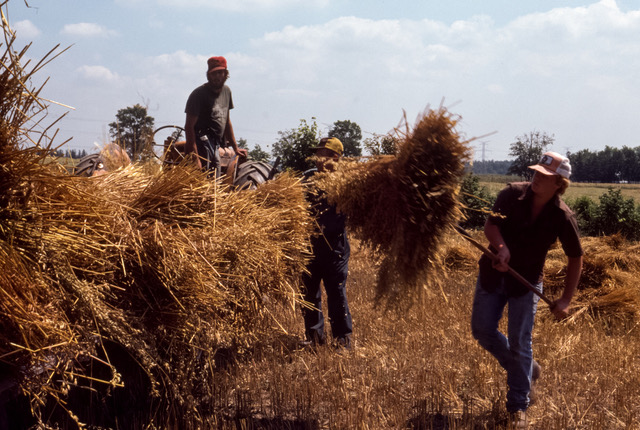
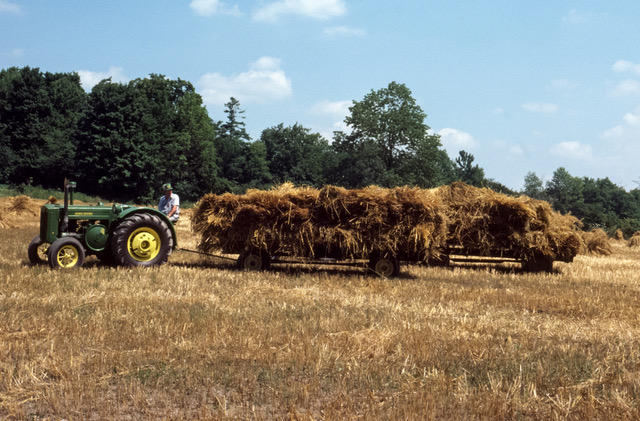


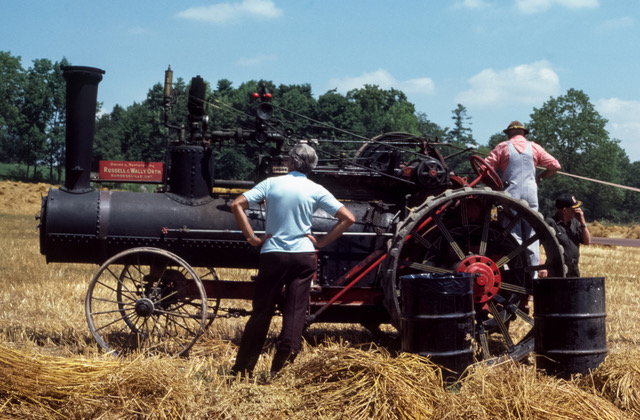
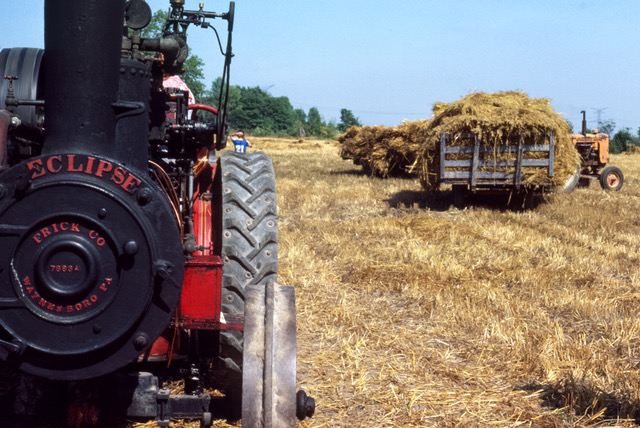
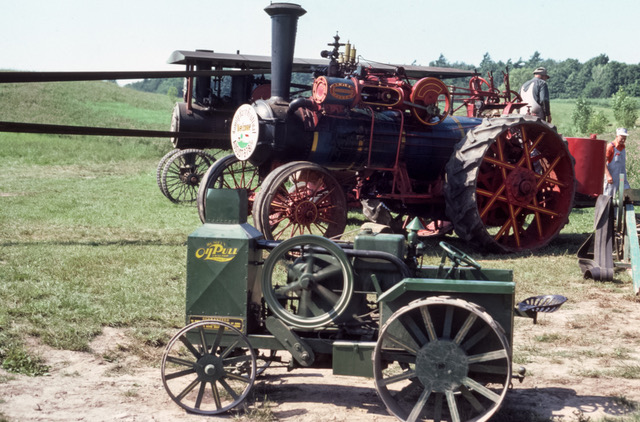
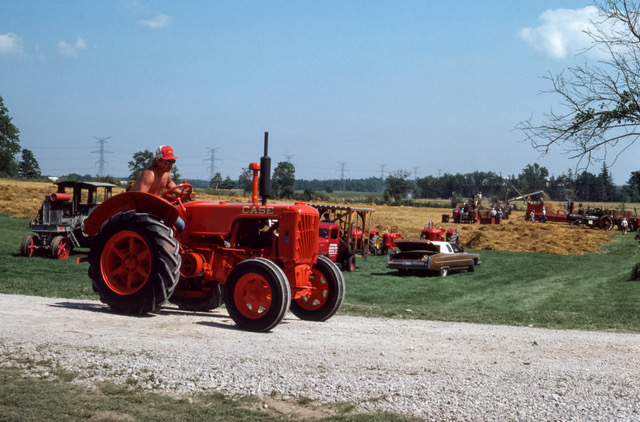
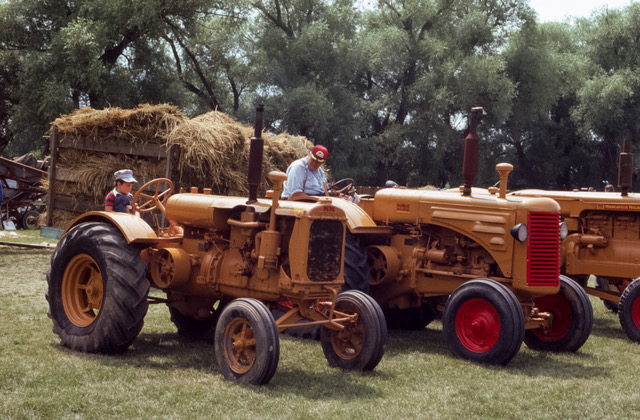

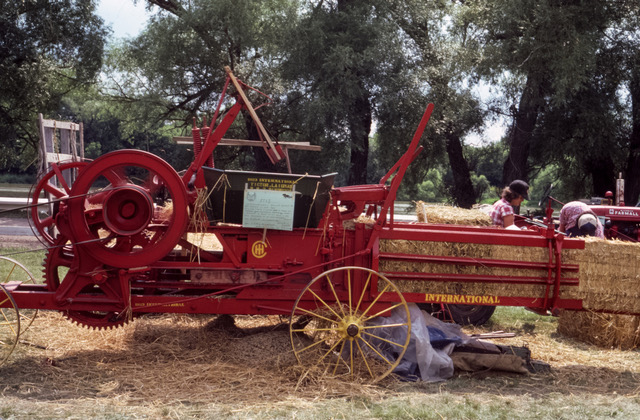
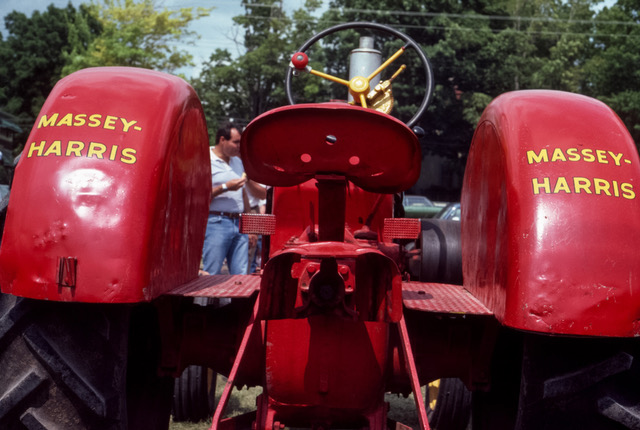
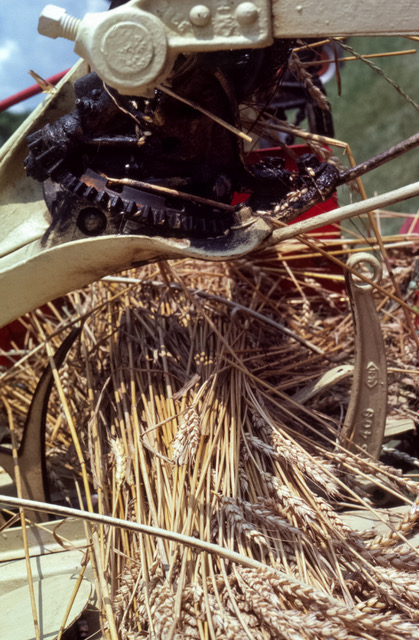
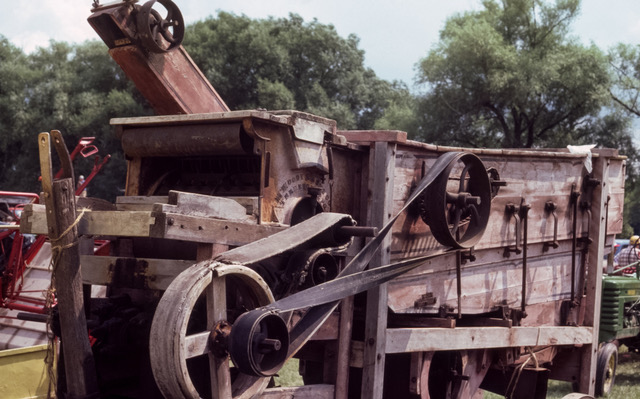
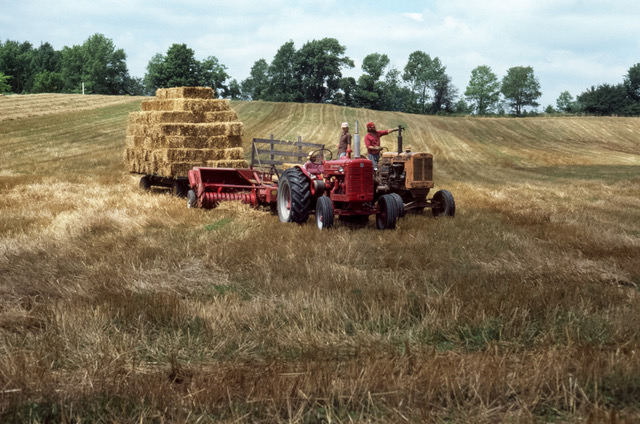
Begin forwarded message:
From: ALAN SKEOCH <alan.skeoch@rogers.com>Subject: Fwd: EPISODE 720 — WHAT THE AMISH BELIEVE ..based upon Skeoch family visits to central Ohio in 1990s NON CONFORMITYDate: January 27, 2023 at 7:37:33 PM ESTTo: Alan Skeoch <alan.skeoch1@gmail.com>, Patricia Fry <patricia.fry@gmail.com>
Patricia….did pics come through this time. We spent 6 hours non stop with Rogers today….massiveproblems…exhaustedalan
Begin forwarded message:
From: ALAN SKEOCH <alan.skeoch@rogers.com>Subject: EPISODE 720 — WHAT THE AMISH BELIEVE ..based upon Skeoch family visits to central Ohio in 1990s NON CONFORMITYDate: January 27, 2023 at 2:36:05 PM ESTTo: john Wardle <jwardle@rogers.com>, Marjorie Skeoch <marjorieskeoch@gmail.com>, Alan Skeoch <alan.skeoch@rogers.com>
EPISODE 720 — WHAT THE AMISH BELIEVE ..based upon Skeoch family visits to central Ohio in 1990s,,, NON CONFORMITYalan skeochJanuary 2023What do these Amish people believe? Are horses part of their beliefs? NOT IN THE LEAST. Horses help keep them away from us…you and meare the problem, We are dangerous/ As the loom of history proves. We did terrible things to them back in the 16th century. They have not forgotten.We may have been forgiven. These Amish people just want to live their lives SEPARATE from us.Back in the 1990’s we spent several week ends in central Ohio near Zanesville and Norwich.Helen and George Richie invited us to their annual Farm Show which featured ancient machinesand long forgotten rural skills.Just to get there we passed through countryside dominated by Amish people, (an Anabaptist sect.)Their farms were magnificent. Each blade of grass in place. Each animal healthy. Each Amishsimply dressed in dark clothing with broad straw hats. Women in long cotton print dresses and blackbonnets. The Amish were friendly but at the same time distant. Mysterious to us because we didnot know much about them…except that they seemed to want to avoid the trappings of modern society.They preferred to use horse rather than tractor.On one farm I noticed a fairly modern hay bailing machine being pulledby horses…maybe a threehorse hitch of lake Clydesdles. This machine was made to be pulled by a tractor not by horses.Then we began to see more and more horse drawn machines.Was the horse part of Amish religion? What was the Amish reiigion ? What did these people believe?Why were they so ’stand offish’? Friendly to a point.The Amish cannot be easily understood. Their history began deep in the 16th century when Europe wasundergoing religious reassessments triggered by Martin Luther and Ulrich Zwingli.Infant baptism was one of the central issues. Europeans , most of them, believed in infant baptism.What is baptism?‘A public declaration: Baptism declares that you are a follower of Jesus Christ. It is a public confession of your faith in, and commitment to, Jesus Christ.’So most Christians get their children baptised as soon as possible. But not all do this infant baptizing. In the 1520’s,, a long long timeago, an offshoot of the Protestant Reformation was adult baptism. Infant baptism was questioned.the issue of baptism a threat to most Europeans whether Protestant or Catholic.Best to stamp out the new religious concept of adult baptism. Right? How could Anabatism be stopped? By removing the Anabaptistsseemed the right answer. So Anabaptists were driven underground. Secret meetings in private homes rather than big curchbuildings. If caught the treatment was ruthless. More than 1500 were killed. Anabaptist males wee burned to death . Women were drowned.Adult baptism seemed sensible to me. Maybe because I was not baptised as an infant. My brother was baptised as an infant.Why not me? Why Eric and not Alan? Simple explanation was that dad did not have time for baptism. He had horse races to attend.Bets to place Wiin,Place or Show. No time for baptism or church for that matter. He just did not think baptism was important even ifI should be daned to a place like Purgatory for my eternal life.So I eventually got baptised as an 18 year od adult. Thought about it, Thought about a lot of religious beliefs that did not makemuch sense. I think the minister that baptised me would have preferred that I was an infant.PACIFISMThis engraving appears often in Amish history…same engraving done many times. Some deep meaning is here. What? (Your turn to answer)Have you ever heard of Dirk Willem? You will shortly.The Amish take their religion seriously. They take Jesus seriously,. They take the Bible seriously. They believe we should“Love thy neighbour as thyself” They believe the Golden Rule makes more sense. “Do unto others as thy would do nuto you.”They reject violence. In a violent situation the Anabaptist “turns the other cheek”. They practice brotherhood…..sisterhood. They arePacifists. Love thine enemies . Their pacifism was a threat! Why? (you answer that)If you want to understand the Amish there is one print that appears constantly. It is the case ofDirk Willem who was burned to death early in the years of Anabapttist persecution.



